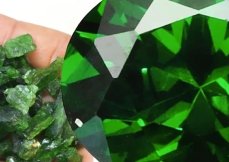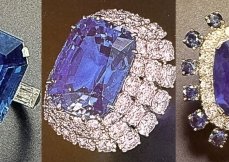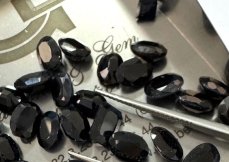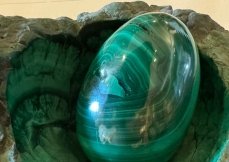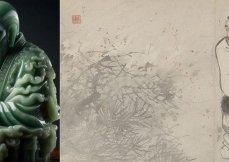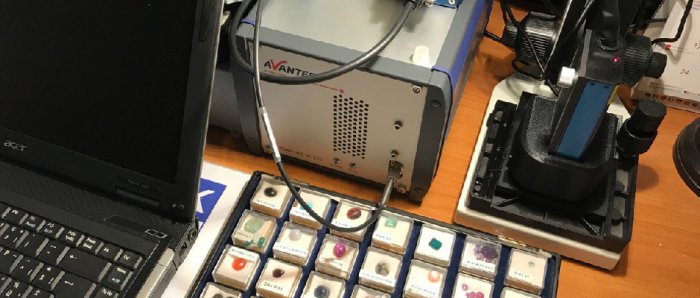
Spectroscopy Raman and Gemmology | EN
The Raman effect was discovered in 1928 by an Indian doctor of the same name who observed the change in wavelength occuring in a ray through a solid, liquid or gas. For this he was awarded the Nobel Prize for physics in 1930. This technique is based on the secondary effect obtained by light diffusion on transparent samples such as precious stones
The Raman effect was first applied in 1977 by H.J.Schubnel, P.Dhamelindourt et Madame M.L.Dele-Dubois and their team. Their results were published in the A.F.G. Revue.
The principal is now employed in all the major Gemmological Laboratories and has become an indispensable tool for detecting the new synthetic precious stones. Diamonds have long been spared manipulations and syntheses but are now faced by the same phenomena as rubies, emeralds and saphires. The technique of HPHT(high pression,high temperature) will make diamantaires tremble. To this add the problem of ‘conflict diamonds’ (hopefully of a passing nature). The origin of diamonds could also be determined by the Raman effect. This could once and for all rid us of this problem.
A certificate of origin coupled to examining samples by Raman Spectroscope could establish the origines of the diamonds. The nature of the inclusions in the diamond would confirm it’s identity.
At this stage the spectroscope Raman has become an indispensable tool for analysing minerals and precious stones. This technique offers many advantages to the gemmologist; non-destructive,
no preparation of the sample, quick (a few seconds to activate the spectrum) and, above all, easy to use. The Raman spectroscope in the laboratory with one or more laser beams, a microscope, a spectometer to analyse the light source and detection variables. A PC can steer the various elements of the system and work the results.
Extensive information and library references facilitate interpretations of the results,
not only the nature of the stone but also wether it has been treated or filled in diamonds and emeralds. The nature of the material used in the filling is revealed. Recently the Raman spectroscope has been used with success to identify diamonds treated by new methods.
Eddy Vleeschdrager
|

